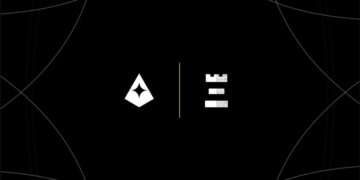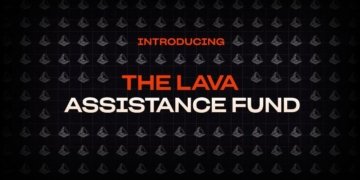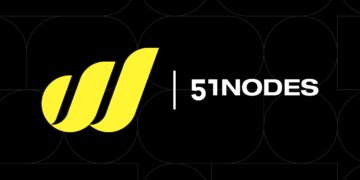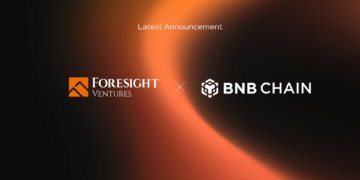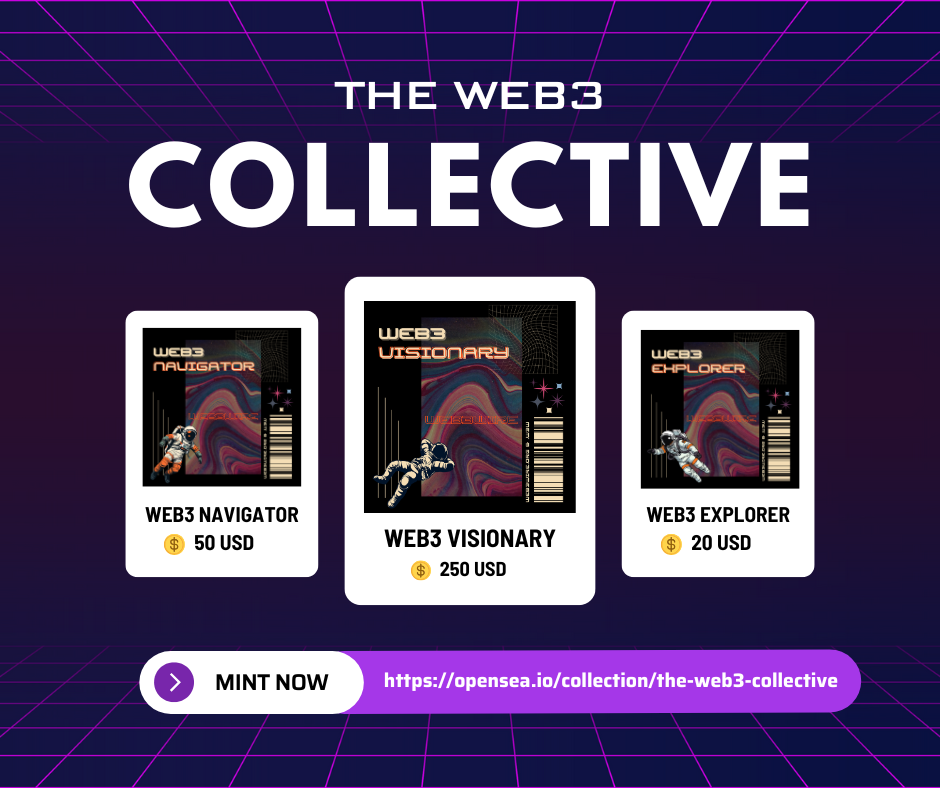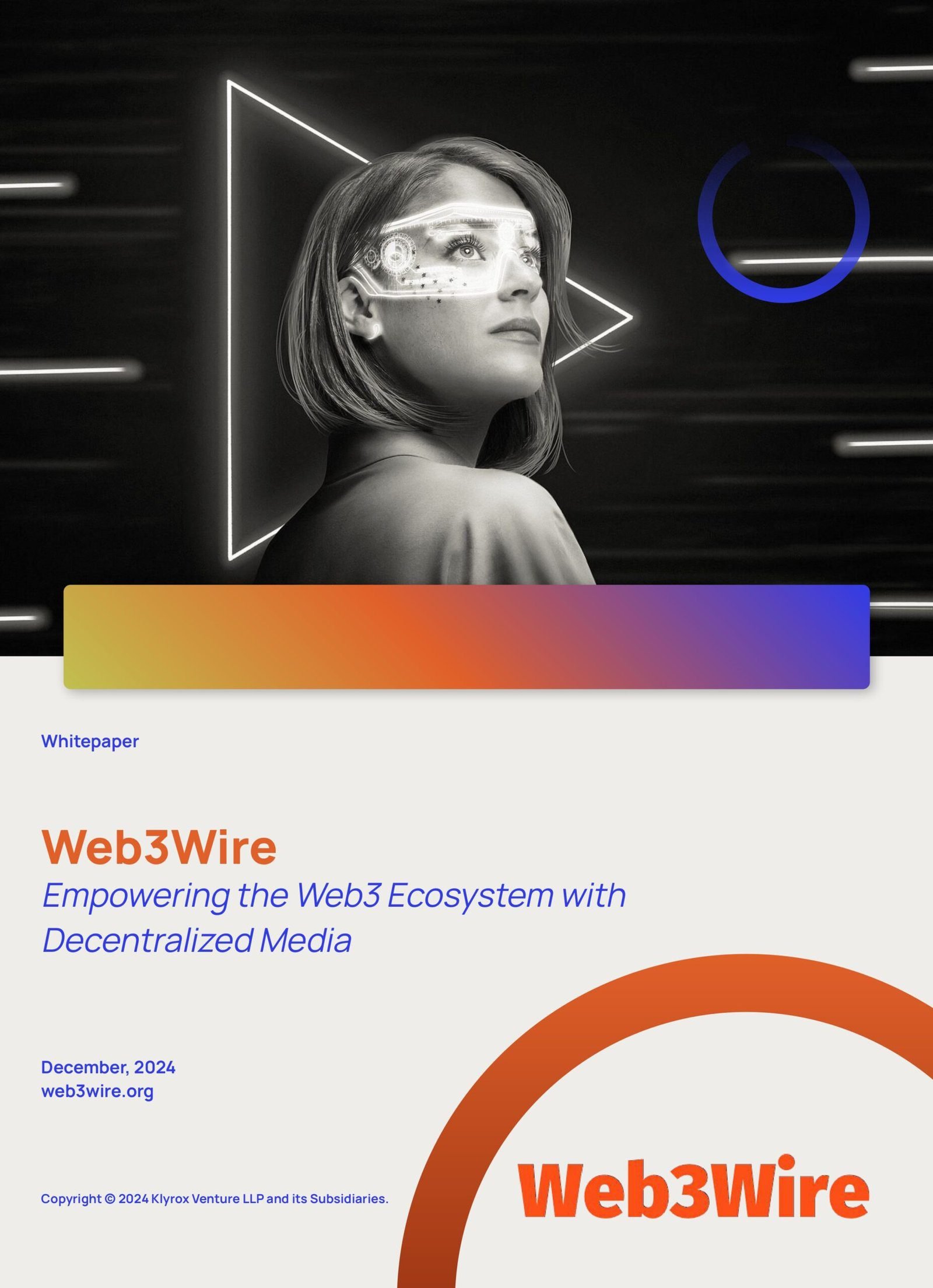
RWA Market Cap Surges to $47.8 Billion Amid Resurgence
The world of cryptocurrencies is witnessing a significant resurgence in the market for Real World Assets (RWA), with the market cap reaching a staggering $47.8 billion. This meteoric rise highlights the growing interest and value proposition of tokenized real-world assets on the blockchain. As the digital and physical worlds continue to converge, RWAs offer unique investment opportunities, combining the security of blockchain technology with the intrinsic value of tangible assets.
Understanding Real World Assets (RWA)
RWAs refer to physical assets that have been tokenized and represented as digital assets on a blockchain. This innovative approach allows for easier trading, enhanced liquidity, and broader accessibility for investors. Common examples of RWAs include:
- Real Estate: Tokenizing property allows for fractional ownership and a streamlined buying process.
- Commodities: Gold, silver, and other precious metals can be tokenized to provide secure, digital ownership.
- Art: Luxury art pieces can be represented digitally, democratizing access to this lucrative market.
By integrating these assets within a blockchain framework, RWA initiatives provide a bridge between traditional finance and the digital economy.
The Surge in RWA Market Cap
The recent increase in the market cap of RWAs can be attributed to several key factors:
1. Growing Acceptance and Trust
Investors are becoming more comfortable with blockchain technology and its benefits. The immutability and transparency offered by blockchain provide a level of trust that is increasingly valued by stakeholders. As a result, more investors are willing to explore the tokenization of physical assets, seeing them as secure and innovative ways to diversify portfolios.
2. Regulatory Clarity
Governments and regulatory bodies worldwide are developing frameworks to support the growth of blockchain and RWAs. With clearer guidelines on the tokenization process, more institutional players feel confident in investing, fostering a conducive environment for the RWA market to thrive.
3. Technological Advancements
The blockchain landscape is continually evolving, with state-of-the-art technologies enhancing the efficiency and security of tokenized assets. Improved smart contract functionalities and secure custody solutions are vital contributors to the burgeoning interest in RWAs.
Implications for Investors
The resurgence of the RWA market presents numerous implications for investors:
- Diversification: RWAs offer an excellent opportunity for portfolio diversification, enabling investors to spread risk across various asset classes.
- Access to Global Markets: With tokenized assets, investors can access global markets efficiently, bypassing geographical and bureaucratic barriers.
- Increased Liquidity: The tokenization process facilitates the trading of fractional asset ownership, enhancing liquidity and market efficiency.
The potential to include tangible assets in blockchain portfolios makes RWAs an attractive proposition for both retail and institutional investors.
Market Challenges
Despite the positive outlook, the RWA market faces several challenges that need to be addressed:
1. Standardization Issues
Lack of industry-wide standards in the tokenization process can lead to inconsistencies and confusion. Establishing universal protocols and practices is crucial for ensuring seamless market operations.
2. Security Concerns
While blockchain technology offers robust security, hackers and cyber threats remain a concern. Continuous advancements in cybersecurity measures are paramount to safeguarding investors’ assets.
3. Regulatory Overheads
Despite progress, regulatory environments vary across regions. Navigating diverse regulations can be complex and time-consuming, potentially hindering market growth.
The Future of RWAs
As the RWA market continues to mature, several trends are likely to shape its future trajectory:
- Increased Institutional Participation: With growing awareness and acceptance, more institutional investors are expected to participate, injecting even more capital into the market.
- Integration with DeFi: The intersection of RWAs and decentralized finance (DeFi) could unlock new financial products and services, expanding the scope and utility of tokenized assets.
- Expansion of Asset Classes: Beyond commodities, real estate, and art, other assets such as intellectual properties and credit scores could be tokenized, further broadening the market.
In conclusion, the resurgence and rising market cap of Real World Assets signal a new era for digital asset investments. By effectively combining blockchain capabilities with physical asset value, RWAs have positioned themselves as formidable players within the broader cryptocurrency ecosystem. As the sector evolves, continuous innovation and regulatory cooperation will be essential in fostering sustainable growth and scaling new heights.
“`
